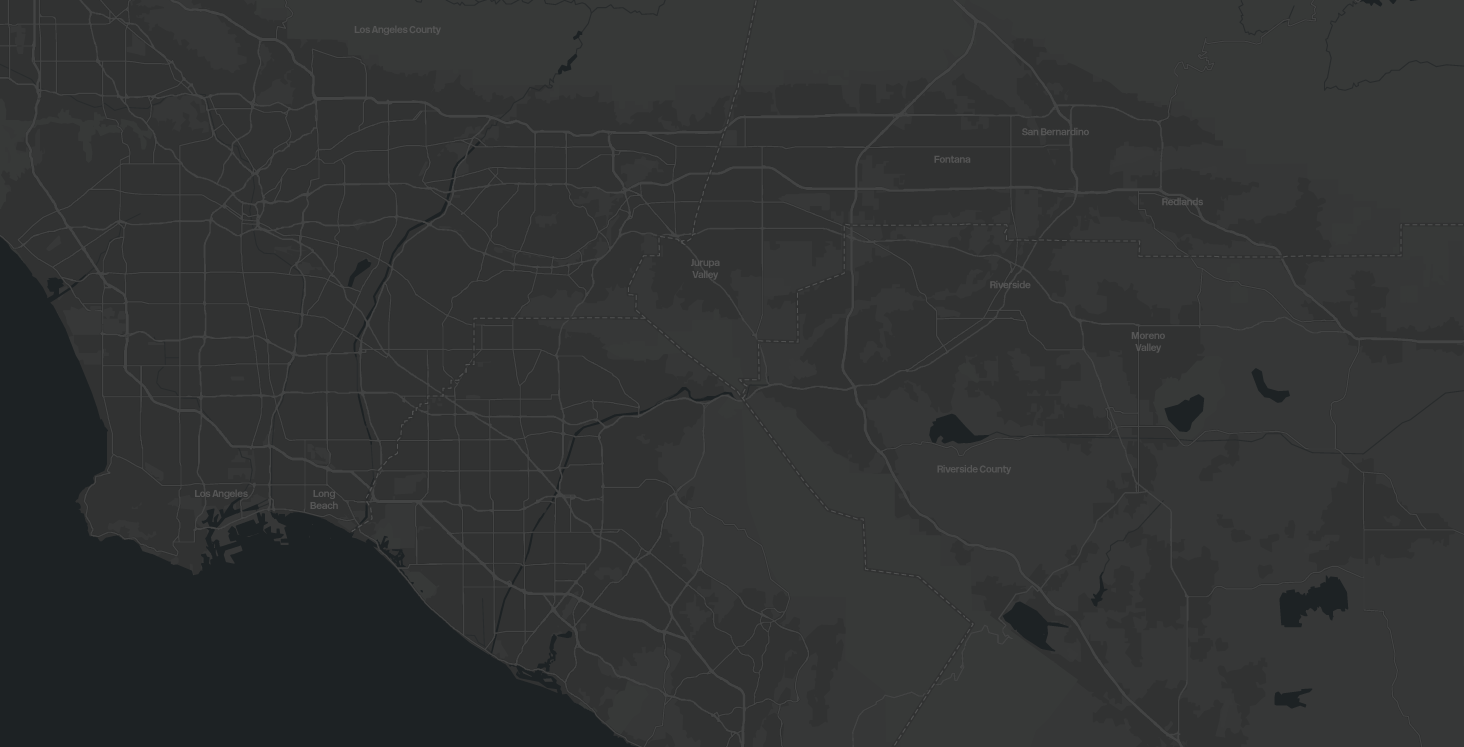The Problem
60 miles east of LA and the busiest ports in the U.S., goods movement dominates the lives of Riverside and San Bernardino County residents. At work, community members toil in unstable, underpaid, and physically demanding warehouse jobs. At home, they breathe air polluted by diesel trucks, trains, and planes, which continually move goods through the area. Over time, these conditions enact a slow violence damaging both bodies and minds.
The Roots
Once an “inland empire” of citrus groves and packing houses, the region has shifted from agriculture to defense industries to logistics. Today, warehouses have overtaken the landscape at the expense of local environments and disproportionately harm working-class and majority-Latinx communities who live and work in the area.
The Solutions
“People over profits!” Communities along the supply chain recognize that change comes from collective struggle. We will continue to fight for clean air as a human right, the end of “diesel-death zones,” and secure jobs at livable wages.

Our Point of View
University of California, RiversideUCR is located within the nation’s largest inland port, which handles 40% of all consumer goods entering the U.S. at the Ports of LA and Long Beach. The warehouses, intermodal yards for truck-to-rail container transport, and air cargo facilities that dominate our region enable us to get our goods—fast. UCR students experience the impact first hand: we work some of those bad warehouse jobs, breathe the smog that regularly scores the Inland Empire failing grades in air quality, and sit in enough truck traffic to frequently claim that the global supply chain made us late for class.
Center for Community Action and Environmental Justice (CCAEJ)Based in the Inland Empire, both CCAEJ and WWRC aim to develop grassroots leadership and collective responsibility among working-class people and communities of color affected by goods movement, which dominates the region. WWRC employs education, advocacy, and direct action to improve working conditions in Southern California’s warehouse industry. CCAEJ brings people together to improve our social and natural environment through strategic campaigns and by building a base of community power.
Projects
Contributors
University Partners
University of California, Riverside
Faculty Project Directors
Megan Asaka
Cathy Gudis
Students
Rudolph Bielitz
Katrin Boniface
Yvonne Chamberlain
Emily Grucza
Emily Guerrero
Lee Hanover
Margaret Hanson
Sarah Junod
Audrey Maier
Andrew Snodgrass
Gabriella Train
Alyse Yeargan



